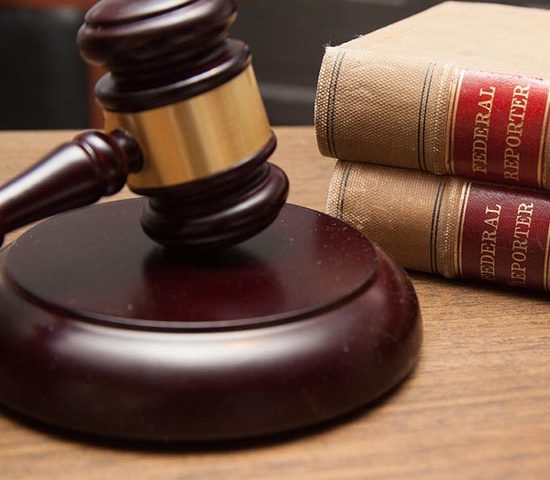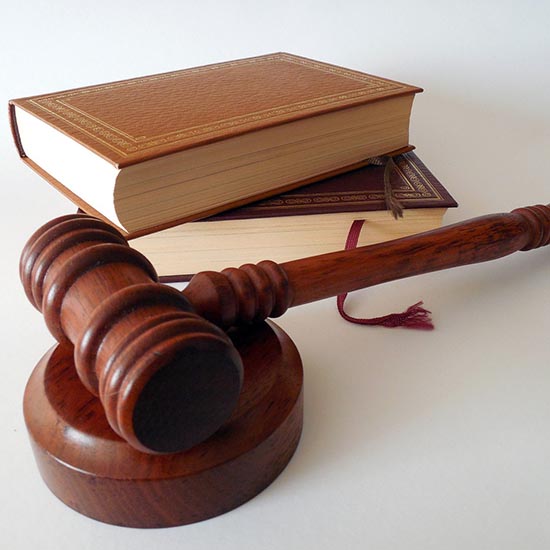
Loco Parentis – What you Need to Know
April 25, 2018Costs awards in estate litigation need scrutiny
April 30, 2018Section 13 of the Evidence Act provides as follows:
In an action by or against the heirs, next of kin, executors, administrators or assigns of a deceased person, an opposite or interested party shall not obtain a verdict, judgment or decision on his or her own evidence in respect of any matter occurring before the death of the deceased person, unless such evidence is corroborated by some other material evidence (Evidence Act, R.S.O. 1990, c. E.23).
Accordingly, an individual cannot succeed in an attempt to either validate or invalidate a will or codicil by virtue of their own, uncorroborated evidence: Smith Estate v. Rotstein (2010), 56 E.T.R. (3d) 216 (Ont. S.C.).
Section 13 of the Evidence Act requires that there be corroboration of material facts alleged by an opposite or adverse party of any matter occurring before the death of the deceased. This requirement exists and effectively acts to protect the deceased and address the obvious disadvantage faced by the dead as they cannot tell their side of the story or respond to the livings’ version of events: Burns Estate v. Mellon (2000), 48 O.R. (3d) 641 (C.A.).
Not every particular of the party’s evidence need be corroborated but the material evidence in corroboration must be independent and must materially enhance the probability of the truth of the adverse party’s statement.
Section 13 of the Evidence Act is of particular importance in claims for equitable relief such as when an individual seeks to enforce a promise(s) of gift(s) by the deceased. In these cases it is necessary to corroborate the statements made by the deceased to the claimant.
However, it is important to note that third party evidence with respect to a deceased’s intentions are inadmissible (see for example, Robinson Estate v. Robinson (2011), 2011 ONCA 493 (CanLII), O.J. No. 3084 at para. 27; Kaptyn Estate (2010), 2010 ONSC 4293 (CanLII), 102 O.R. (3d) 1 (S.C.) at para. 36). The rationale behind this is found in Robinson Estate v. Robinson (2011) 2011 ONCA 493 (CanLII), O.J. 3084 at para 27;
27 The law properly regards the direct evidence of third parties about the testator’s intentions to be inadmissible. There would be much uncertainty and estate litigation if disappointed beneficiaries … could challenge a will based on their belief that the testator had different intentions than those manifested in the will.
And by Brown J. in Re: Kaptyn Estate (2010) 2010 ONSC 4293 (CanLII), 102 O.R. (3d) 1 (S.C.) at para. 36:
36 The rationale for this principle of admissibility rests in preserving the role of the written will as the primary evidence of the testator’s intention and avoiding displacing the written will with an “oral will” gleaned from evidence of the testator’s declarations of intent.
In Cowderoy v. Sorkos Estate, 2012 ONSC 1921 (CanLII) the Court held that the evidence presented by the Applicants could be corroborated in accordance with section 13 of the Evidence Act. The facts are briefly summarized as follows:
The plaintiffs brought the action against the defendant estate (“the estate”) for, in part, an interest in certain lands registered in the name of the estate. They rely on a purported arrangement proposed to them in 1985 by the deceased that he would leave them, as an inheritance, certain properties he referred to as “the farm” and “the cottage”. In return, the plaintiffs were to assist him with their time and energy in the upkeep, maintenance and preservation of these properties and attend to that end to all tasks he requested of them. They say that the deceased proposed that arrangement as he regarded them as his grandchildren and they him as their grandfather.
The estate denied the existence of such an arrangement and, in any event, stated that the arrangement lacked the required corroboration.
The Plaintiffs called approximately nine (9) witnesses who testified and corroborated the actions of the deceased (rather than his intentions) and various statements made by the deceased corroborating and reaffirming the existence of the agreement. Therefore, this testimony was accepted by Justice Tausendfreund as corroborative of the “1985 breakfast agreement” during which the deceased laid out his plan for the farm and the cottage by way of the proposal he put to the plaintiffs.
Furthermore, the Court also found that the prior revoked Last Will and Testament of the deceased which left the farm and cottage to the plaintiffs further corroborated the existence of the agreement.
Justice Tausendfreund accepted the evidence of the Plaintiffs “without reservation” and found their evidence to be corroborated and truthful in accordance with section 13 of the Evidence Act.

